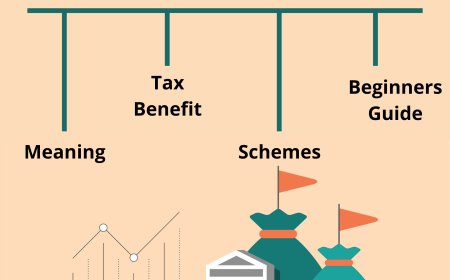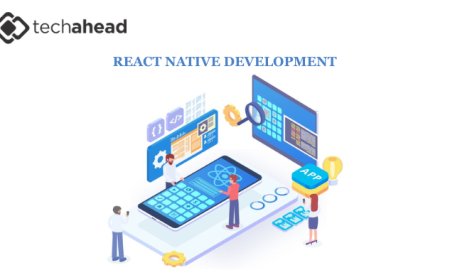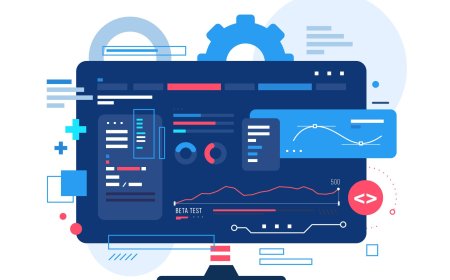Building Stronger, Fitter, and More Resilient Youth
An Athletic Development Program (ADP) is a structured and progressive approach to physical training that focuses on improving the fundamental movement skills, physical literacy, and long-term athletic potential of young athletes. These programs are commonly run in schools, sports clubs, or specialized training centres and are essential for preparing children and adolescents for both competitive sport and a lifetime of physical activity.
The goal of an Athletic Development Program is not just to create elite athletes but to build a strong physical foundation that supports health, performance, injury prevention, and confidence. By focusing on age-appropriate physical training, ADPs help young people develop strength, speed, endurance, agility, coordination, and flexibilityall of which are crucial for athletic success and general well-being.
A key feature of athletic development is the concept of Long-Term Athlete Development (LTAD). This model recognises that children develop at different rates and need tailored training that matches their stage of physical, emotional, and cognitive growth. For example, in the early years (ages 612), the focus is on developing fundamental movement skills like running, jumping, throwing, and catching. As children mature, the program introduces more advanced techniques such as strength training, speed drills, and sport-specific skills.
One of the major benefits of an Athletic Development Program is injury prevention. Young athletes who specialize too early in one sport or who lack proper conditioning are at higher risk of overuse injuries. ADPs take a balanced approach by promoting multi-sport participation, improving movement mechanics, and gradually increasing physical workloads to ensure the body adapts safely. This helps athletes remain healthy and stay in sport longer.
Moreover, these programs teach discipline, goal-setting, and resilience. Athletes are encouraged to track their progress, work towards personal bests, and learn from both success and setbacks. This mindset carries over into other aspects of life, including school and personal relationships.
Athletic Development Programs also support coaches and educators. Through workshops and professional development, coaches learn how to safely implement strength and conditioning principles, adapt sessions for different ability levels, and create positive and inclusive training environments. Schools with strong ADPs often see improved sporting results, better student engagement, and increased school pride.
Importantly, these programs are not only for elite or competitive athletes. All young people, regardless of skill level, benefit from improved physical capacity and body awareness. Whether a student wants to play at a professional level or simply stay active and healthy, an ADP helps build the foundation.
In recent years, more Australian schools and clubs have recognised the value of Athletic Development Programs. With childhood inactivity on the rise and mental health challenges becoming more common, structured physical training offers a powerful solution that supports both the body and mind.
In conclusion, an Athletic Development Program is an investment in the future of young people. It promotes physical fitness, builds essential life skills, and sets the stage for long-term success in sport and life. By adopting these programs widely, we can ensure that the next generation grows up stronger, healthier, and more resilient.


















































